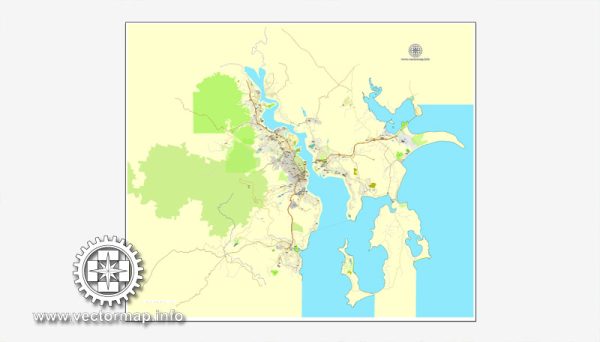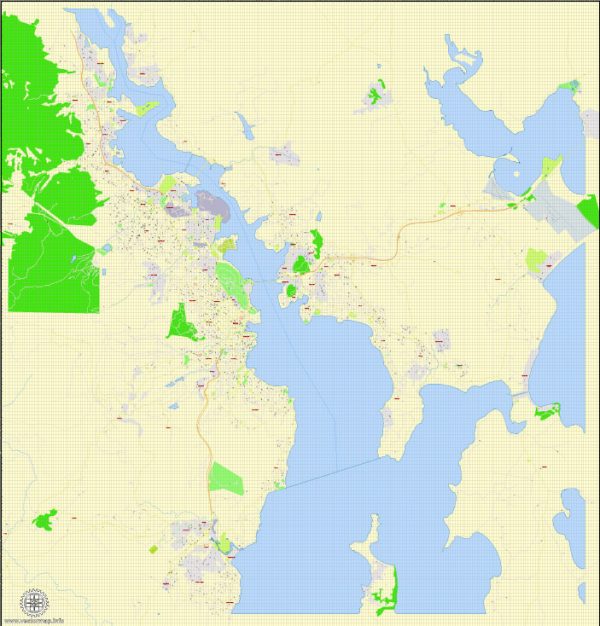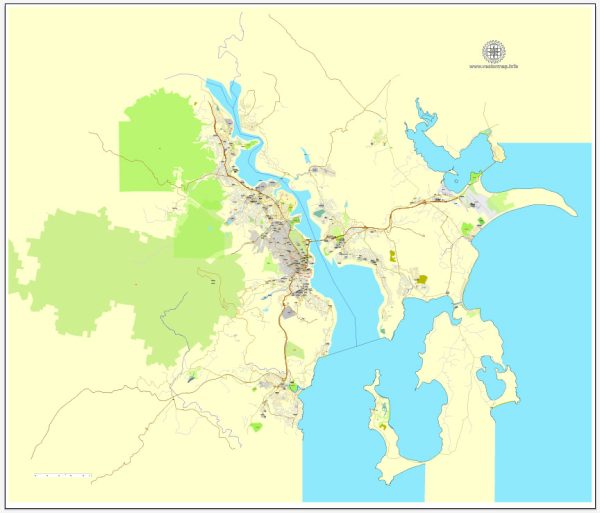Hobart, the capital city of Tasmania, Australia, is a place rich in history and natural beauty. Here’s a brief overview of its history and description:
History:
- Indigenous Heritage: Before European settlement, the area now known as Hobart was home to the Muwinina people of the Mouheneener group, who had lived in the region for thousands of years.
- European Settlement: In 1804, Lieutenant Colonel David Collins established a British settlement called Hobart Town at Sullivan’s Cove. It was primarily a penal colony for convicts and served as the southernmost outpost of the British Empire.
- Colonial Development: Hobart grew and prospered as a colonial hub, with the establishment of industries such as shipbuilding, whaling, and agriculture. The city was officially renamed Hobart in 1881.
- Convict Heritage: Many historic buildings in Hobart, including the notorious Port Arthur penal colony, stand as a reminder of its convict past. These sites are now popular tourist attractions.
- Economic Development: In the 19th and 20th centuries, Hobart’s economy diversified with the development of mining, timber, and agriculture. It played a vital role in Australia’s Antarctic exploration and research efforts.
- Modern Era: Today, Hobart is a thriving city known for its maritime culture, tourism, arts, and vibrant food scene. It is also an important gateway to explore the stunning natural landscapes of Tasmania.
Description: Hobart is a picturesque city nestled at the foothills of Mount Wellington and overlooking the deep waters of the Derwent River. Its history is intertwined with its natural surroundings, making it a unique and charming destination. Here are some key features of Hobart:
- Natural Beauty: Hobart is surrounded by natural beauty. Mount Wellington, with its distinctive dome-shaped peak, offers panoramic views of the city and its harbor. The city’s waterfront is lined with historic buildings, and you can often spot sailboats and fishing vessels in the harbor.
- Historic Architecture: Hobart boasts a wealth of historic architecture, including Georgian and Victorian-era buildings. The Salamanca Place district is famous for its well-preserved sandstone warehouses, which now house cafes, boutiques, and galleries.
- Cultural Hub: The city is a cultural hub with museums, galleries, theaters, and music venues. The Museum of Old and New Art (MONA) is a renowned contemporary art museum that has gained international acclaim.
- Food and Drink: Hobart is known for its culinary scene, with a focus on fresh local produce and seafood. The Salamanca Market, held every Saturday, is a must-visit for foodies and shoppers.
- Outdoor Activities: The surrounding region offers numerous outdoor activities, including hiking, fishing, and boating. The city’s waterfront and parks provide opportunities for leisurely strolls.
- Festivals: Hobart hosts various festivals throughout the year, including the Taste of Tasmania food festival and the Wooden Boat Festival, celebrating the city’s maritime heritage.
Hobart is a city that beautifully blends history and nature, making it a captivating destination for travelers interested in both culture and the great outdoors.




 Author: Kirill Shrayber, Ph.D.
Author: Kirill Shrayber, Ph.D.